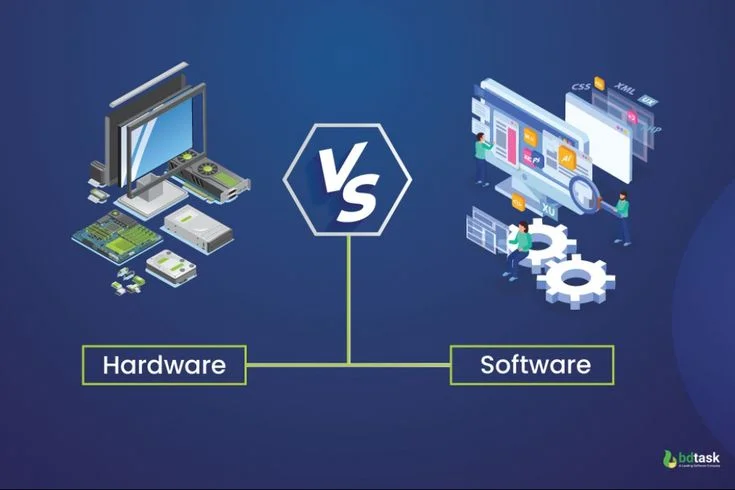1. SpiderMiner V2: Decoding the Hardware Miner
SpiderMiner2: The term “SpiderMiner V2” refers to a plug-and-play GPU mining rig, designed for cryptocurrency mining with ease of deployment. Reddit users in the r/EtherMining community describe it enthusiastically. One user shared:
“So my SpiderMiner V2 will be here today!… It’s basically pick up and move anywhere; only need a power outlet and Ethernet port; rest is automatic.”
This suggests that SpiderMiner V2 offers a compact, transportable design, requiring minimal setup—no messy cabling, no riser cards, and a case that shields hardware from children or pets. Key features include integrated power supply (110V/220V), motherboard, CPU, RAM—all in a single chassis optimized for multiple GPU installations.
In short, SpiderMiner V2 is a hardware-friendly solution for those who want to start mining quickly, offering safety, tidy setup, and portability.
2. Spider-Miner Malware: Hidden Threats in Disguise
Despite the similar name, Spider-Miner malware is an entirely different beast—a monero-mining Trojan disguised as pirated content. Cybersecurity researchers at ReasonLabs have traced this malware variant to torrent files claiming to contain Spider-Man: No Way Home. These files, labeled in Russian (“spiderman_net_putidomoi.torrent.exe”), secretly deploy a Monero miner on victims’ systems.
The malware disables Windows Defender, adds malicious exclusion paths, and injects mining code into legitimate system processes like svchost.exe. It also drops helper files like sihost64.exe (acting as a watchdog) and WR64.sys.
Unlike traditional viruses aiming to steal data, this malware quietly exploits computational resources for profit, often slowing systems and increasing power consumption.
3. Comparing the Two Worlds of SpiderMiner2
Though they share a name, the hardware SpiderMiner V2 and the Spider-Miner malware are polar opposites.
| Aspect | SpiderMiner V2 (Hardware) | Spider-Miner (Malware) |
|---|---|---|
| Purpose | Legitimate GPU cryptocurrency mining | Unauthorized hijacking of user resources |
| Setup | Plug-and-play, multi-GPU, safe enclosure | Hidden within torrent file disguise |
| Visibility | Transparent and user-controlled | Covert, stealthy, bypasses detection |
| Risk Level | Low—if done legally and safely | High—ethical, security, and performance risks |
| User Involvement | Active and consenting | Victim of deception and criminal behavior |
Understanding this distinction is key for anyone navigating the crypto mining world—whether you’re evaluating mining setups or safeguarding your system from threats.
4. How Spider-Miner Malware Operates Behind the Scenes
According to ReasonLabs’ technical analysis, Spider-Miner malware functions with stealth and persistence. It begins by executing PowerShell commands that whitelist user directories and system drives in Defender.
After establishing persistence via registry autorun entries or scheduled tasks (e.g., “services.exe” in the AppData folder), the malware injects mining code into svchost.exe to mine Monero ({XMR}). Simultaneously, sihost64.exe monitors the mining process to ensure continuous operation.
The use of process injection, antivirus evasion, and self-perpetuating watchdogs underscores the high degree of sophistication employed by modern cryptojacking malware.
5. Security Implications & How to Protect Yourself
Here’s a breakdown of why Spider-Miner malware poses significant risk and how to defend against it:
Performance Degradation: Mining uses massive CPU/GPU power, slowing systems and increasing electricity costs.
Privacy and Stability: Though not data-stealing, resource hijacking still affects user control and system stability.
Evasion Tactics: The malware hides under legitimate process names—a classic hallmark of modern cyber threats.
Protective Measures:
- Avoid downloading files from untrusted sources—especially torrent files masquerading as media.
- Enable full file extensions in Windows settings to avoid misleading
.exemasquerades. - Use reputable antivirus and anti-malware tools to detect obfuscated threats.
- Monitor system performance and unusual network activity that could indicate mining activity.
Vigilance in digital hygiene remains a user’s best defense.
6. Key Takeaways for Crypto Enthusiasts and Users
The name “SpiderMiner2” serves as a cautionary tale: one iteration represents efficient hardware mining, while the other warns of silent exploitation. Here’s what to remember:
- SpiderMiner V2 is a legitimate, user-friendly mining rig. Ideal for those seeking streamlined, secure crypto mining hardware.
- Spider-Miner malware is criminal software, covertly using your system to mine Monero without consent.
- The similarity in naming underscores the need to verify sources and intentions behind software or hardware.
- Always prioritize ethical, transparent, and secure practices whether you’re engaging in mining or any online activity.
Conclusion
SpiderMiner2 reflects two very different paths—the hardware route powered by clean, efficient design, and the malware route powered by deception and greed. Knowing the difference can protect your hardware investments and secure your digital environment.
Whether you’re evaluating mining rigs or ensuring your system’s safety, remember: legitimacy runs on transparency—malware runs on secrecy. Stay informed, stay secure, and always scrutinize unfamiliar names, especially in the fast-evolving crypto world.





